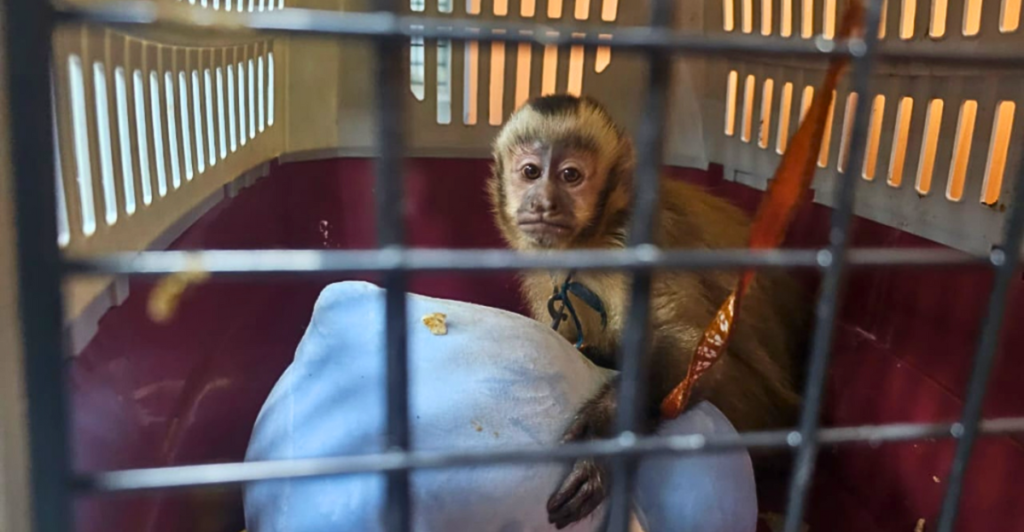
When you think of global crime, you probably picture drug lords and arms dealers. But what if I told you that animal smugglers are just as bad, and just as organized? INTERPOL’s Operation Thunder just pulled off a massive wildlife trafficking bust, seizing 20,000 live animals across 125 countries. This isn’t just a rescue mission—it’s an all-out war on illegal animal trade.
What Exactly Is Operation Thunder?
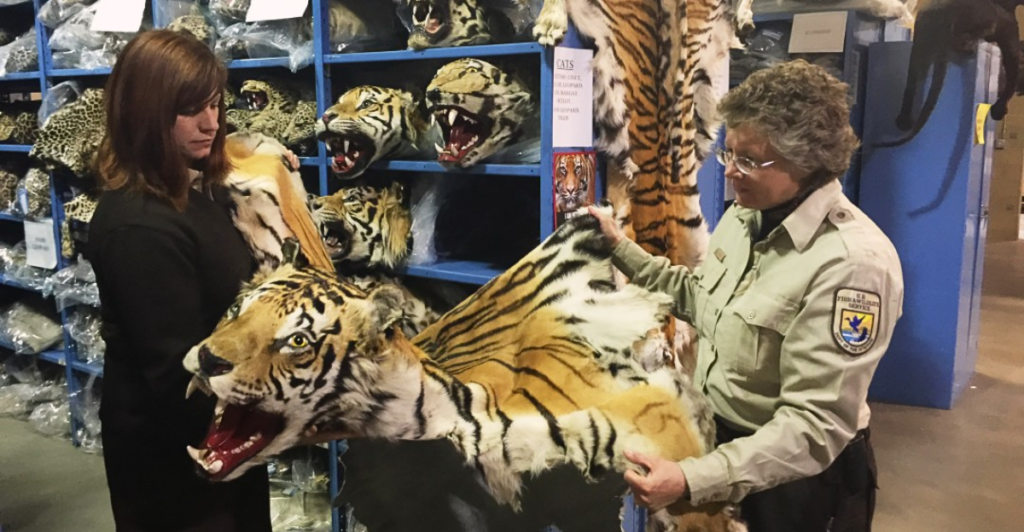
Operation Thunder is an annual sting operation led by INTERPOL and the World Customs Organization, targeting illegal wildlife trade on a massive scale. It’s not just about catching individual poachers—it’s about dismantling entire trafficking networks. The goal? Stop the people who profit from selling exotic animals, endangered species, and protected wildlife on the black market.
20,000 Live Animals Seized—Yes, 20,000
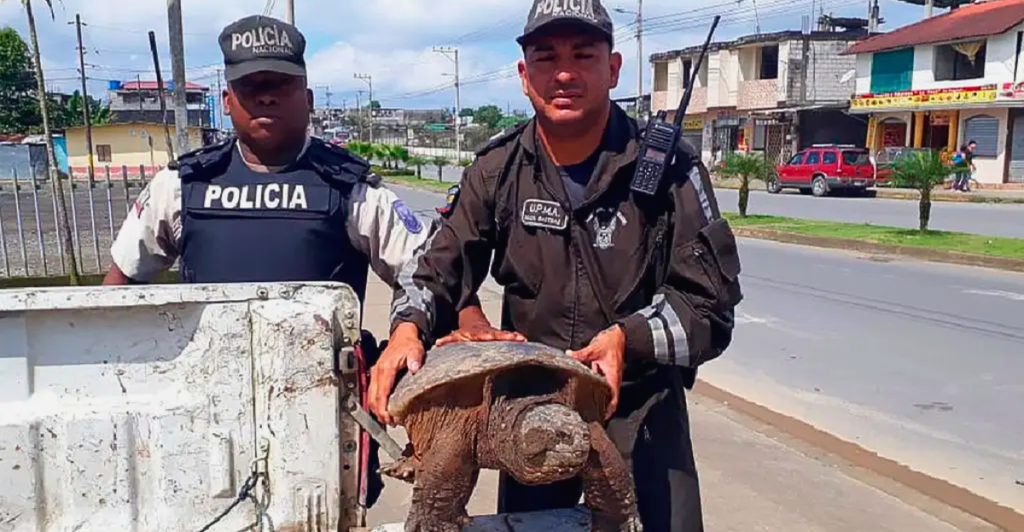
This year’s operation led to one of the biggest wildlife rescues in history. Authorities raided smuggling rings, illegal pet markets, and trafficking hubs, finding everything from rare parrots to tiger cubs stuffed into tiny cages. Some animals were minutes away from being sold before authorities swooped in. The numbers are shocking, but they’re just the tip of the iceberg.
The Most Insane Smuggling Attempts Caught
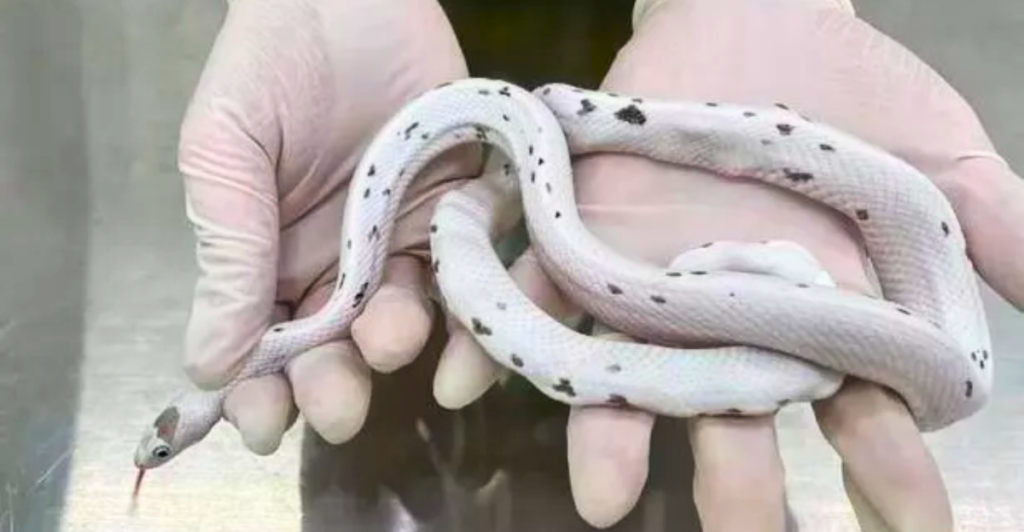
If you think smugglers just stuff animals in crates and hope for the best, think again. INTERPOL agents found venomous snakes hidden in socks, monkeys crammed into plastic water bottles, and turtles duct-taped together to prevent movement. Some traffickers even drugged rare birds and stuffed them inside suitcases. The creativity is disturbing—but so is the scale of this operation.
Wildlife Trafficking Is a Multi-Billion Dollar Industry
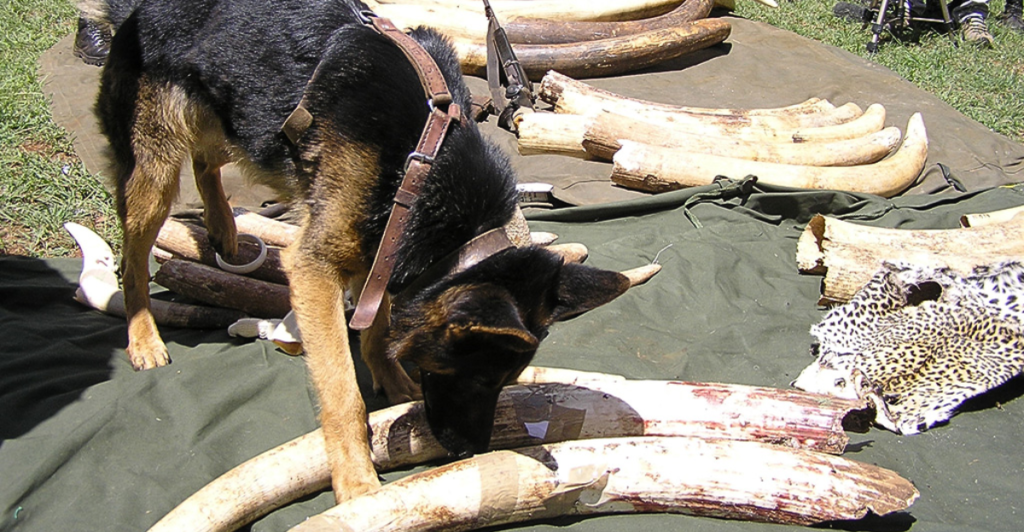
Illegal wildlife trade is worth an estimated $20 billion a year, making it one of the world’s biggest black markets—right up there with drugs, weapons, and human trafficking. Smugglers aren’t just rogue criminals, they’re organized crime syndicates that make huge profits by selling endangered animals, exotic pets, and animal parts for bogus traditional medicine.
Where Are These Animals Going?
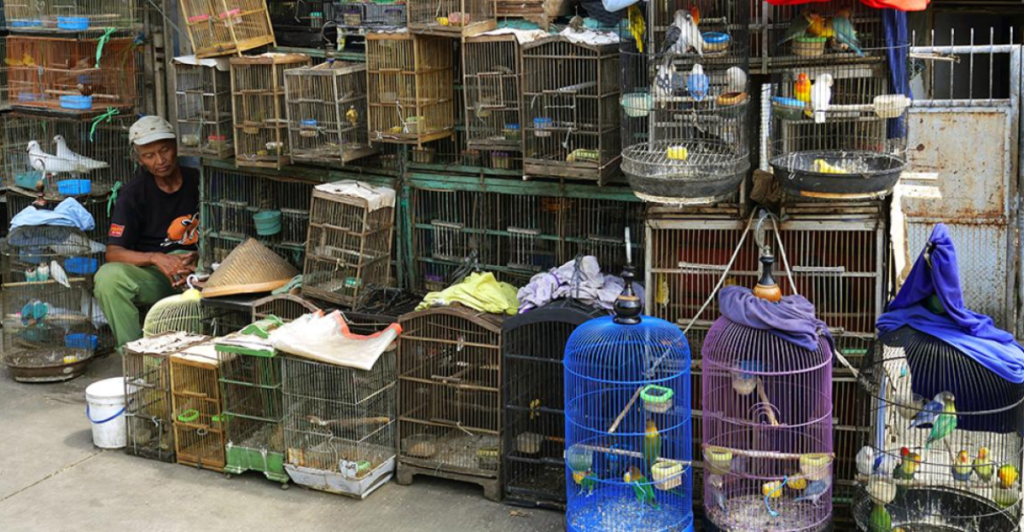
Many of the animals seized weren’t just meant to be someone’s weird Instagram pet. Some were bound for illegal breeding farms, where traffickers mass-produce rare animals to sell to collectors. Others were heading for luxury dining markets, where endangered species are served as a delicacy. And some were being shipped off for pseudo-medical treatments, where animal parts are falsely believed to have healing properties.
The Most Valuable Animals in the Black Market
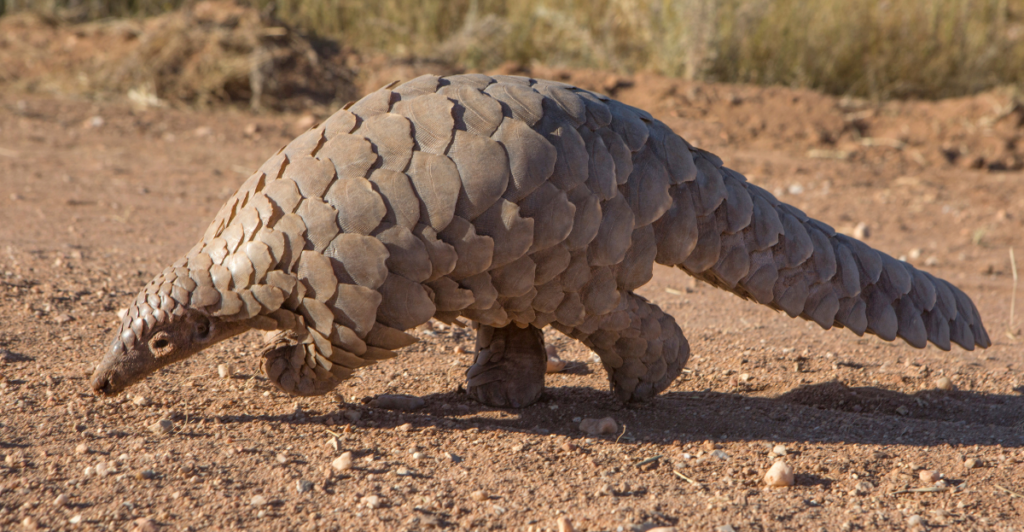
Among the animals trafficked, some are considered more profitable than gold or cocaine. Pangolins, the world’s most illegally traded mammal, are still being smuggled at alarming rates. Rhino horns fetch absurd prices due to myths about their “healing” powers. Big cat cubs, exotic birds, and venomous snakes are sold to wealthy buyers who see them as status symbols. It’s a twisted, high-stakes game of supply and demand.
Who’s Running the Smuggling Networks?
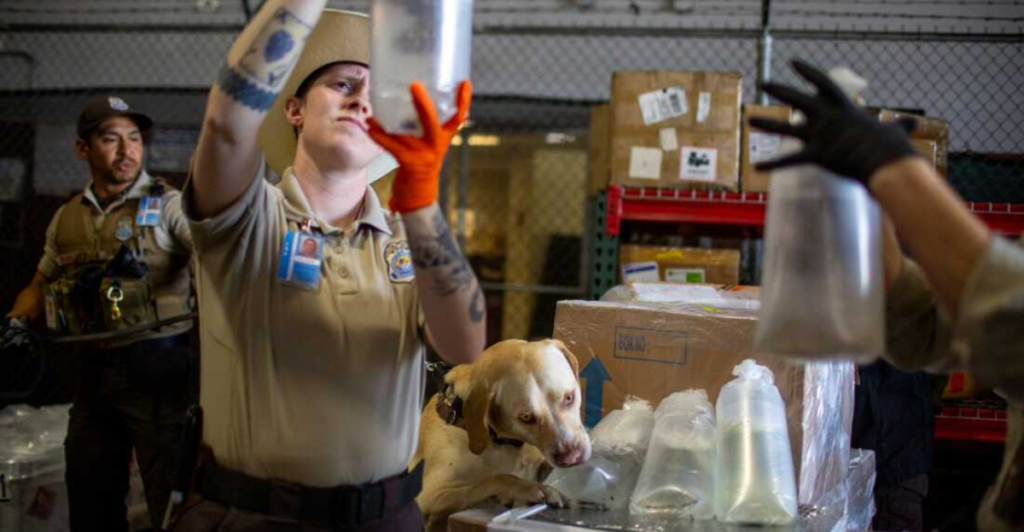
It’s not just small-time poachers capturing animals from the wild. Many of these operations are run by organized crime groups, using the same networks that traffic drugs, weapons, and even people. Wildlife trafficking is an easy cash grab—less risky than drug smuggling but still insanely profitable. The same corrupt systems that allow arms deals to thrive are fueling the illegal animal trade.
How Do They Smuggle So Many Animals?
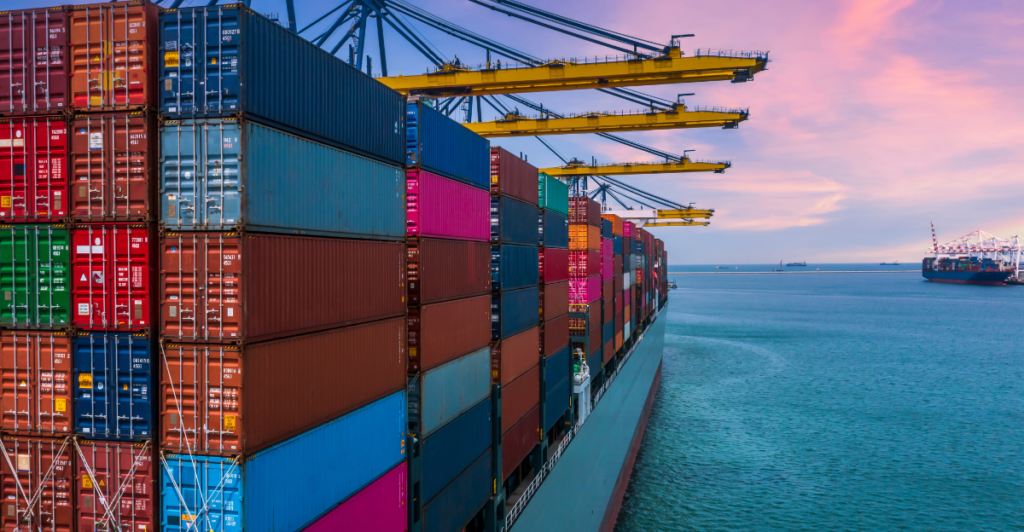
Traffickers have turned animal smuggling into an art form, using shockingly clever methods to transport their cargo. Some animals are disguised as harmless souvenirs and shipped in luggage. Others are sedated and hidden inside fake electronics, secret car compartments, and even clothing. In one case, authorities found dozens of exotic birds strapped to a smuggler’s legs under his pants.
Which Countries Are Fighting Back?

Some countries are taking a stand and cracking down hard on wildlife crime. Nations like South Africa, Brazil, and Indonesia have stepped up enforcement, arresting traffickers and tightening regulations. But other countries, especially those with weak enforcement or high corruption, continue to be major hubs for smuggling. Without global cooperation, traffickers will just keep finding loopholes.
Social Media Is Helping Smugglers Sell Animals Faster

Once upon a time, illegal animal sales happened in shady back alleys. Now? They’re happening on Facebook, Instagram, and WhatsApp. Smugglers openly advertise rare species, exotic pets, and even endangered animals to buyers around the world. INTERPOL is working with tech companies to shut down these illegal sales, but for every account they ban, more pop up.
What Happens to the Rescued Animals?
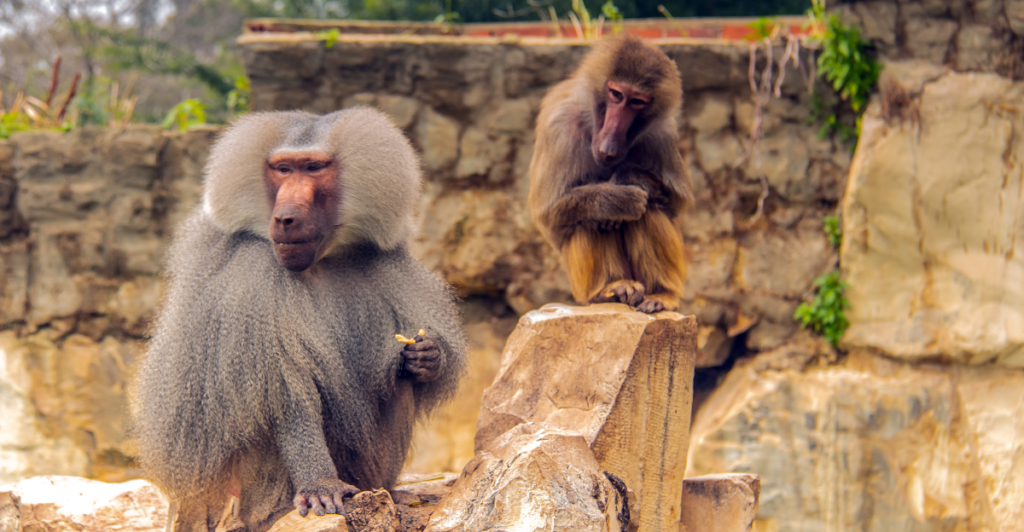
Unfortunately, not all rescued animals get a happy ending. Many are too weak, injured, or stressed to return to the wild. Some end up in rehabilitation centers or sanctuaries, but for others, the damage is irreversible. Wildlife trafficking doesn’t just kill animals in transit—it destroys their chances of ever living a normal life again.
What You Can Do to Help Stop Wildlife Trafficking
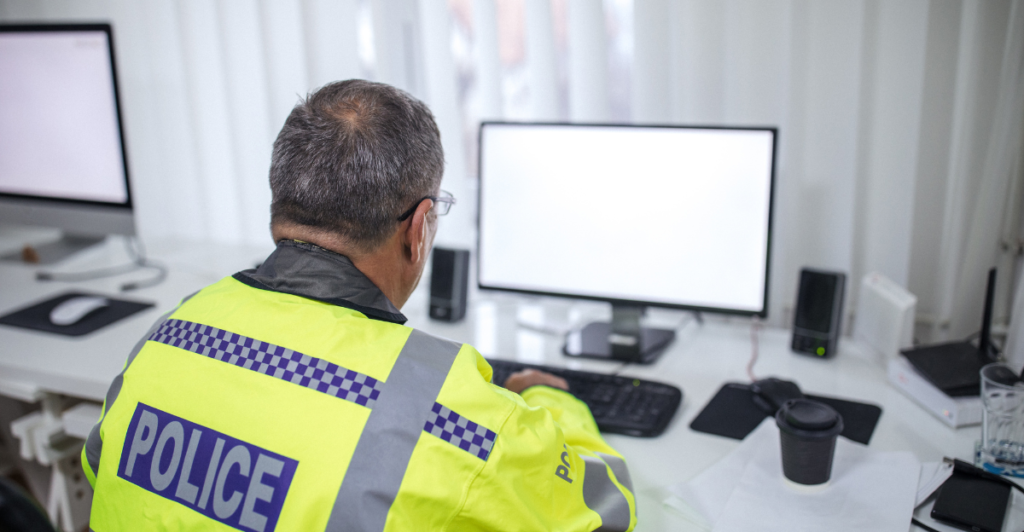
Stopping wildlife crime isn’t just up to governments. Everyday people can help by refusing to buy exotic pets, reporting illegal wildlife sales, and supporting conservation efforts. If you see an animal product that looks suspicious—whether it’s ivory, rare animal skin, or a live exotic pet—don’t buy it. The less demand there is, the harder it is for traffickers to profit.
The Fight Isn’t Over Yet
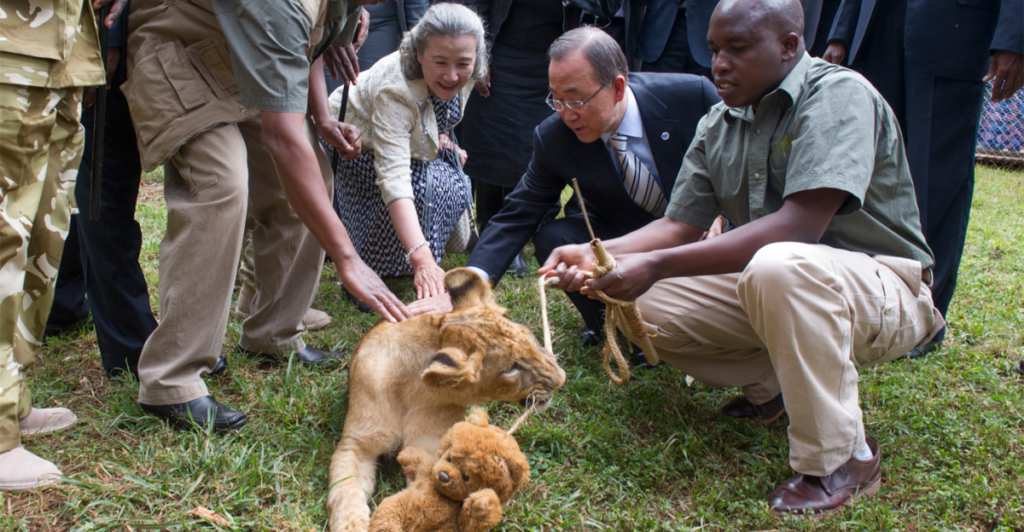
Operation Thunder was a massive win against wildlife crime, but it’s not the end of the fight. As long as there’s money to be made from rare animals, traffickers will keep finding new ways to smuggle them. But with more global crackdowns, stronger laws, and public awareness, the noose around these criminal networks is tightening. The question is: will we act fast enough to save these species before it’s too late?
Explore more of our trending stories and hit Follow to keep them coming to your feed!

Don’t miss out on more stories like this! Hit the Follow button at the top of this article to stay updated with the latest news. Share your thoughts in the comments—we’d love to hear from you!







